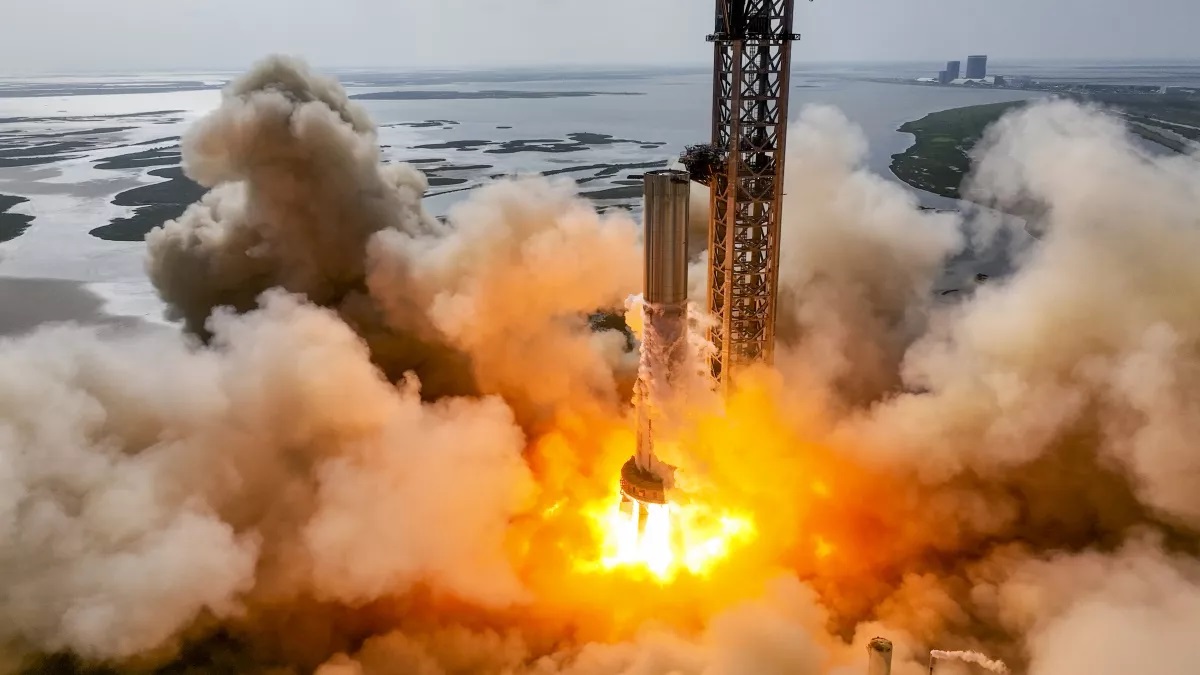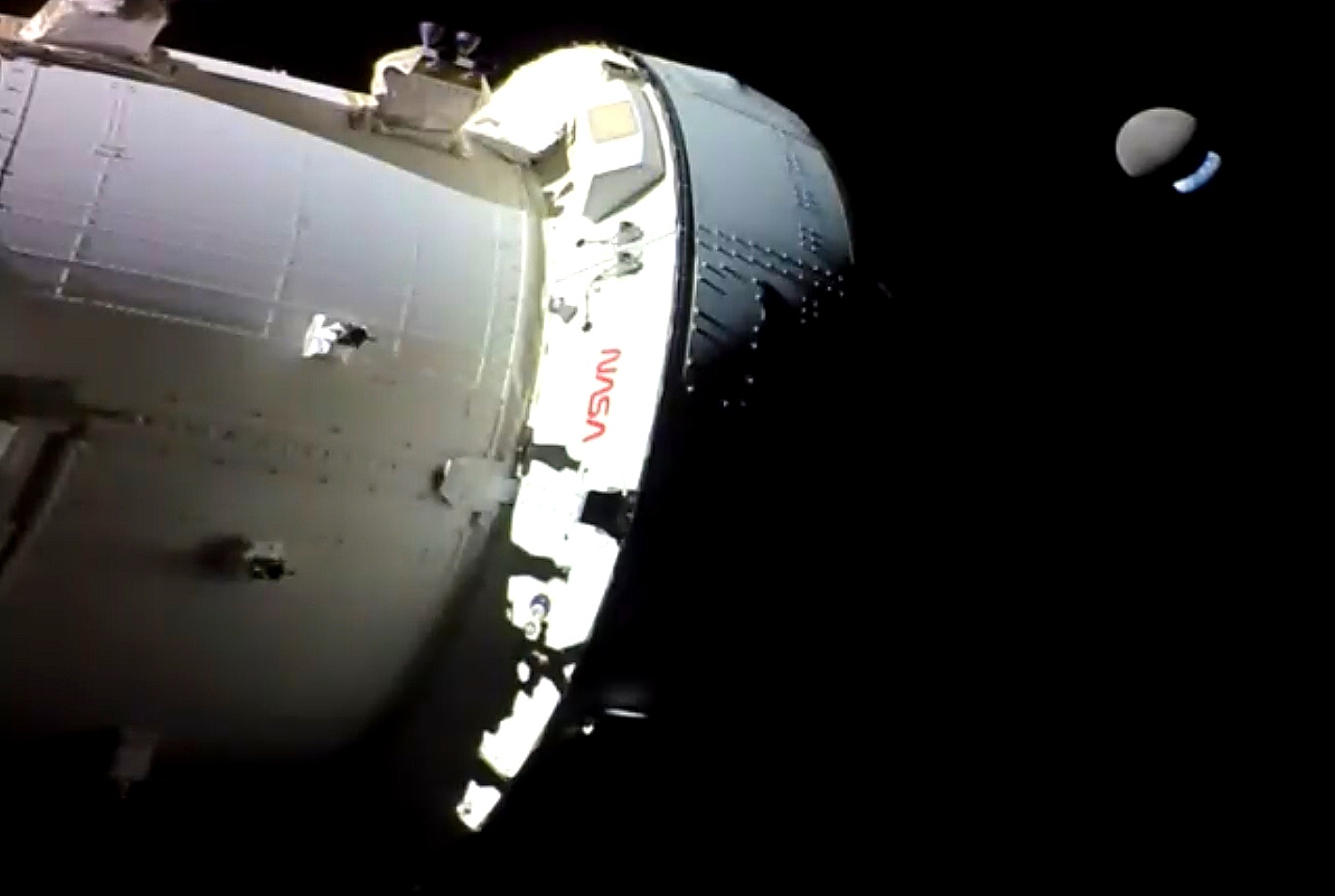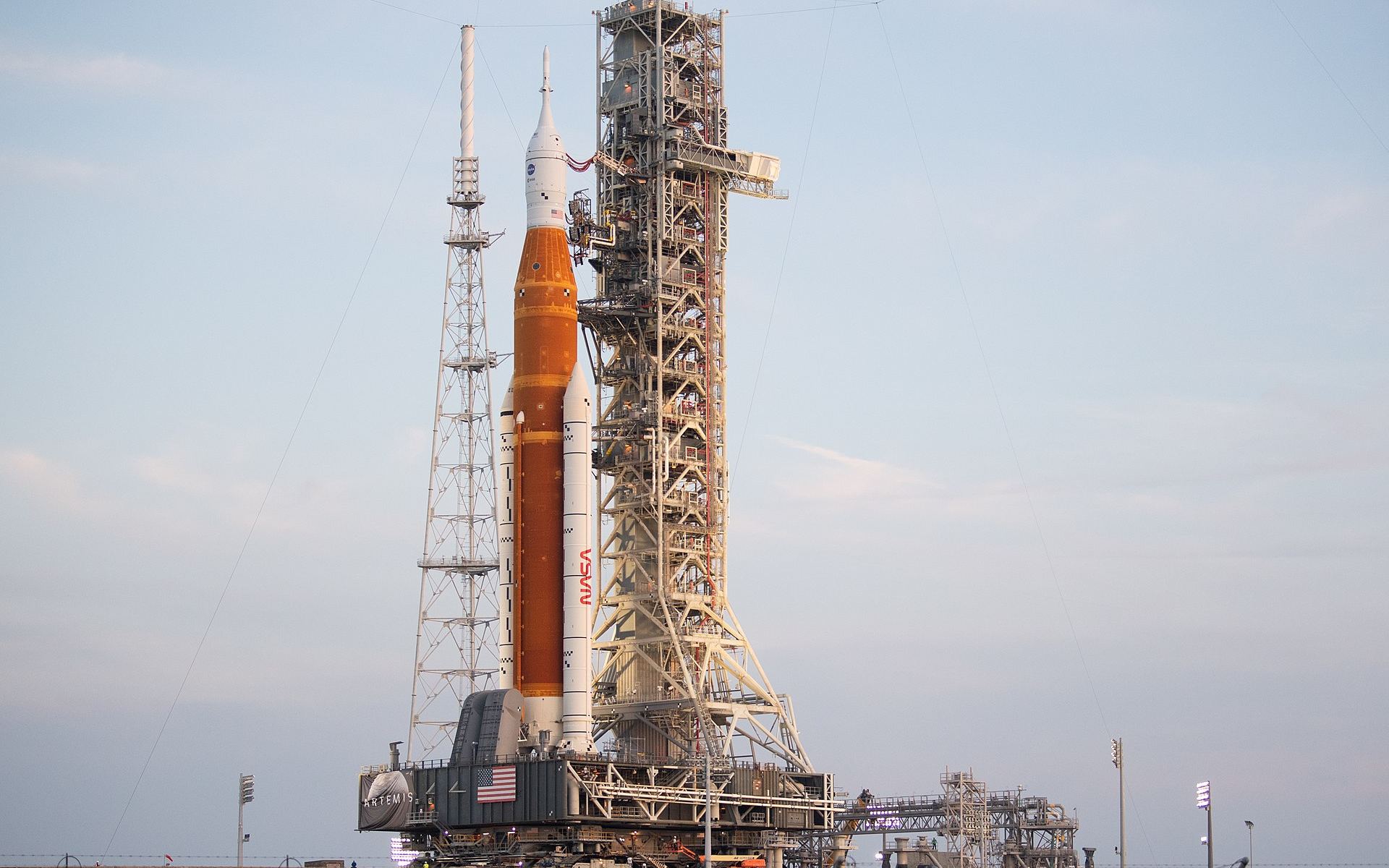SpaceX is at it again! Yesterday (November 29th), the company conducted another static fire test with the Booster 7 (BN7) prototype at its Starbase in Boca Chica, Texas. The test began at 02:42 p.m. EST (11:42 a.m. PST) and saw eleven of the BN7’s thirty-three Raptor 2 engines fire for 13 seconds. While static fire tests have been the norm these past few months, this latest might be the prelude to the orbital test flight Musk has been hinting at for close to a year. News of the successful test was shared via Twitter, while NASA Spaceflight (NSF) shared footage of the test via Youtube.
Continue reading “SpaceX’s Super Heavy Fires 11 of its Engines in a Long-Duration Test”NASA Releases a Stunning New Supercut of the Artemis I Launch
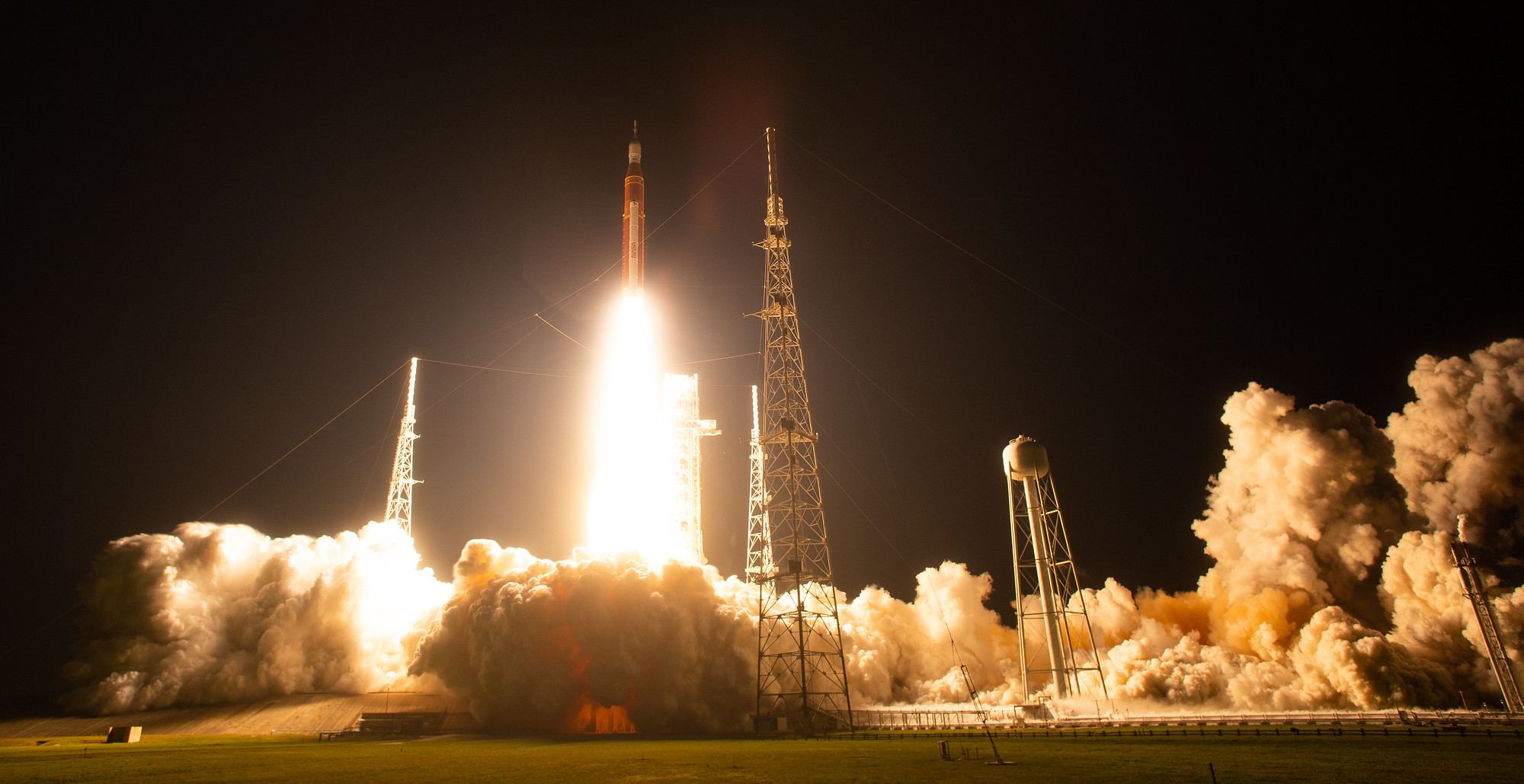
NASA just released a new supercut of high-resolution video from the Artemis I launch on November 16, 2022. Much of the footage is from cameras attached to the rocket itself, allowing everyone to ride along from engine ignition to the separation of the Orion capsule as it begins its journey to the Moon.
Continue reading “NASA Releases a Stunning New Supercut of the Artemis I Launch”OK, Artemis. Now You’re Just Showing Off. A Stunning View of the Moon Eclipsing Earth From the Orion Spacecraft
Have you ever seen a lunar eclipse of the Earth from the far side of the Moon? Now we have.
On Monday (November 28, 2022) NASA’s Orion spacecraft streamed back live video showing the Earth and Moon right next to each other, followed by a stunning view of the Moon eclipsing the Earth.
What a time to be alive! Image editor Kevin Gill might have said it best:
Continue reading “OK, Artemis. Now You’re Just Showing Off. A Stunning View of the Moon Eclipsing Earth From the Orion Spacecraft”What Happened to those CubeSats that were Launched with Artemis I?
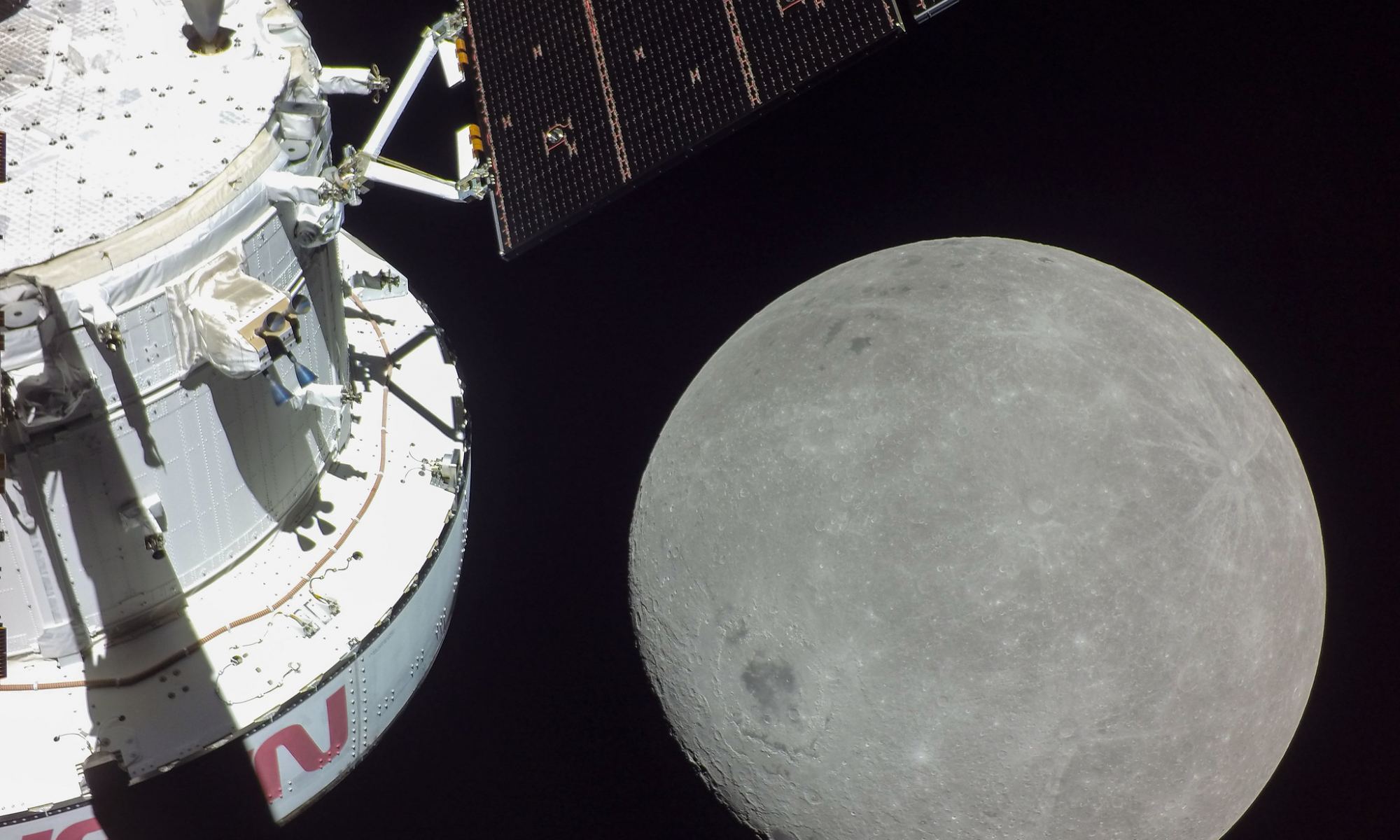
NASA made history on November 16th when the Artemis I mission took off from Launch Complex 39B at Cape Canaveral, Florida, on its way to the Moon. This uncrewed mission is testing the capabilities of the Space Launch System (SLS) and Orion spacecraft in preparation for the long-awaited return to the Moon in 2025 (the Artemis III mission). Rather than astronauts, this mission carries a group of mannequins with sensors and has a primary payload consisting of the Callisto technology demonstrator (a human-machine video interface system).
As a secondary payload, Artemis I also brought ten 6U CubeSats beyond Low Earth Orbit (LEO), three of which were NASA missions designed to perform experiments. The rest were built by partner space agencies, commercial space entities, research institutes, and universities to carry out a variety of unique deep-space science experiments. While all these satellites managed to deploy successfully, six have not made contact with controllers on the ground or since experienced problems, and their whereabouts remain unknown.
Continue reading “What Happened to those CubeSats that were Launched with Artemis I?”Artemis I has Completed its First Flyby of the Moon

The Orion spacecraft made its first close flyby of the Moon on Monday, November 21, coming as close as 81 statute miles (130 km) from the lunar surface. As the Artemis 1 mission’s uncrewed spacecraft flew past the far side of the Moon, Orion’s orbital maneuvering system engine fired for 2 minutes and 30 seconds to successfully put the capsule into the desired orbit for the mission, called a distant retrograde orbit around the Moon.
“This burn is setting Orion up to orbit the Moon, and is largest propulsive event so far, as Artemis is hunting the Moon,” said Mike Sarafin, Artemis Mission Manager at a briefing on Monday.
Continue reading “Artemis I has Completed its First Flyby of the Moon”Artemis 1 Sends Back Snapshots of Earth as It Speeds Toward the Moon
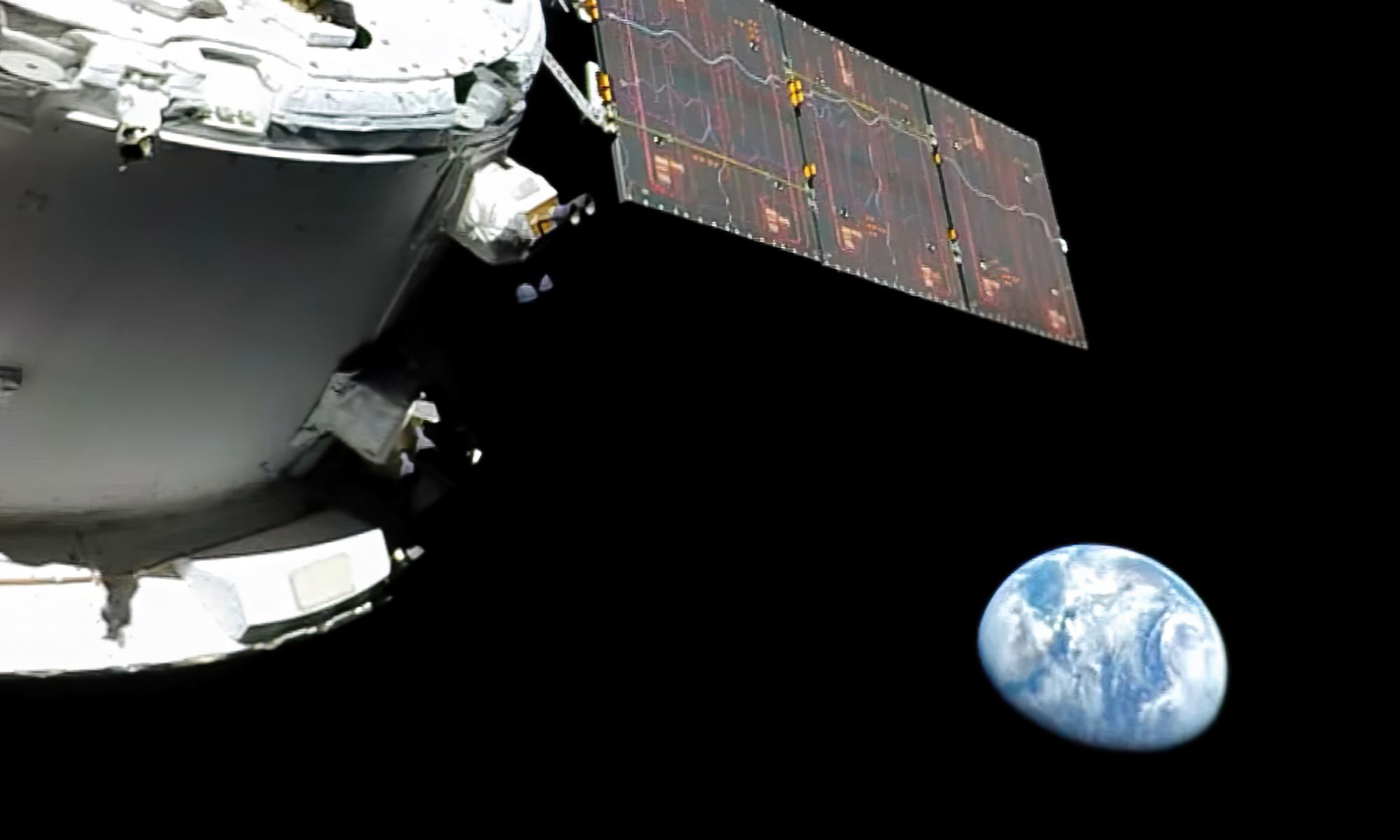
As it heads for the moon, NASA’s Orion space capsule is sending back snapshots of Earth that evoke the “blue marble” pictures taken by Apollo astronauts five decades earlier.
This time around, the photographer is basically a robot, built into the camera system for the uncrewed Artemis 1 mission. The round-the-moon odyssey got off to a spectacular start early today with the first launch of NASA’s Space Launch System, and over the next 25 days it’s due to blaze a trail for future crewed trips to the lunar surface.
Hours after liftoff, a camera mounted on one of Orion’s four solar arrays pivoted around to capture a view of the spacecraft’s European-built service module in the foreground — with our half-shadowed planet set against the black background of space.
“Orion looking back at Earth as it travels toward the moon, 57,000 miles away from the place we call home,” NASA’s Sandra Jones intoned as the imagery came down.
Continue reading “Artemis 1 Sends Back Snapshots of Earth as It Speeds Toward the Moon”Artemis I is On Its Way to the Moon
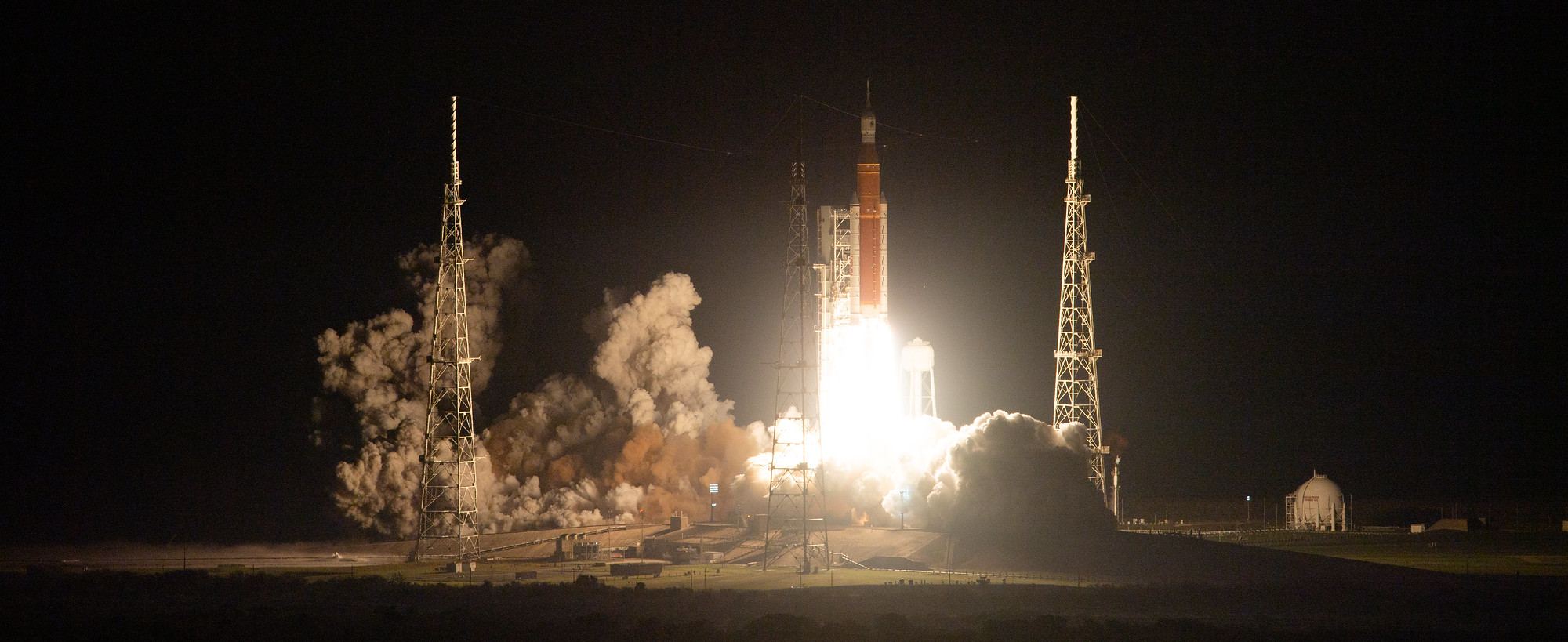
It really, finally, actually happened. The long-waited Space Launch System (SLS) rocket carrying the Orion capsule launched successfully and is now on its way to the Moon. After years of delays — and then two scrubbed launch attempts and a rollback of the rocket to the Vehicle Assembly Building this fall — this is the first time in 50 years that a human capable spacecraft is going to the Moon. In a way, it is fitting that Artemis launched in the dark, as the last human-rated spacecraft that launched to the Moon – Apollo 17 – also had liftoff at night.
“It’s taken a lot to get here, but Orion is now on its way to the Moon,” said Jim Free, NASA deputy associate administrator for the Exploration Systems Development Mission Directorate. “This successful launch means NASA and our partners are on a path to explore farther in space than ever before for the benefit of humanity.”
Continue reading “Artemis I is On Its Way to the Moon”NASA Just Ordered Three More Orion Capsules, for Artemis VI, VII, and VIII
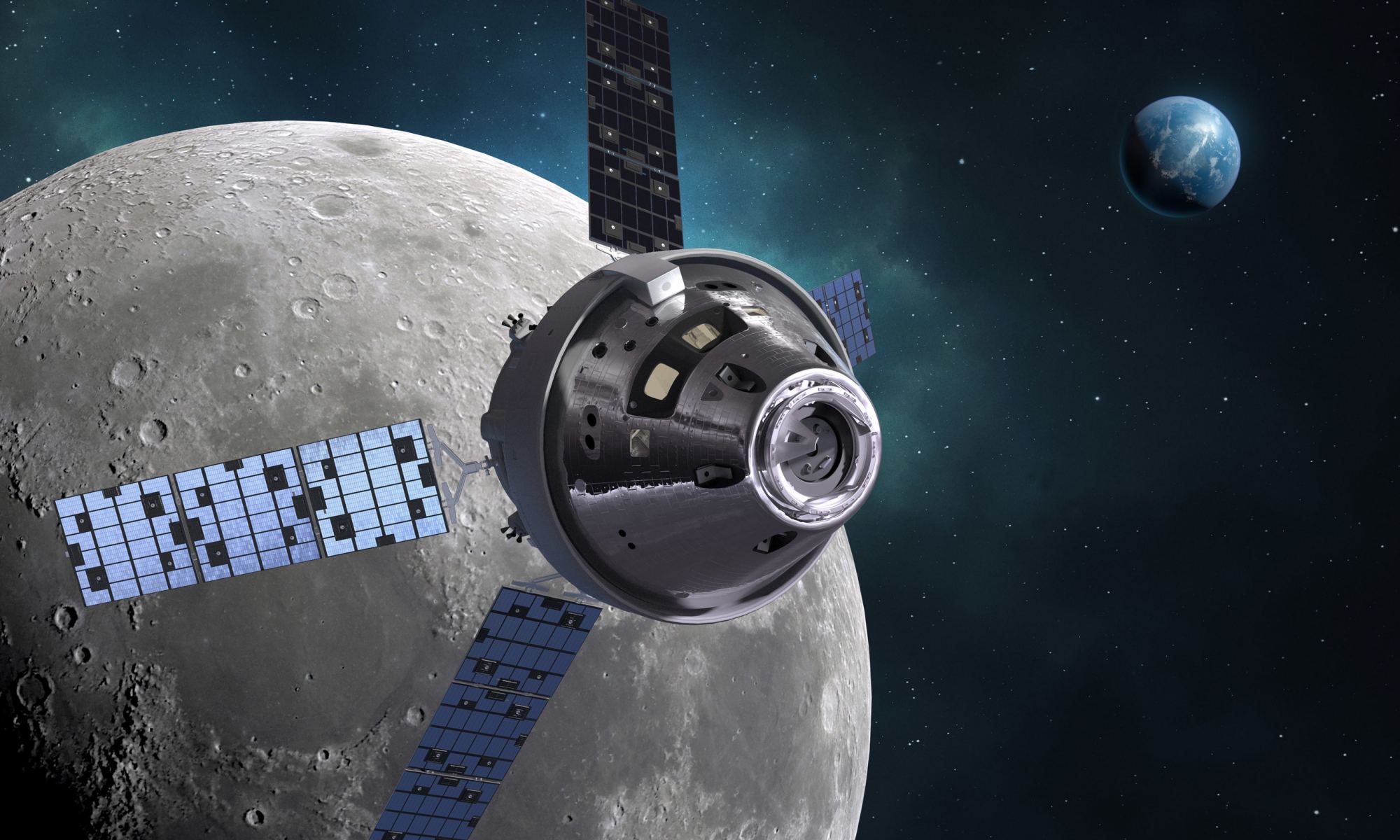
Lockheed Martin announced that NASA has ordered three more Orion spacecraft for future Artemis missions. The new order includes capsules for the Artemis VI, VII and VII missions, which are expected to launch in the late 2020s to early 2030s. The three additional capsules are on order for $1.99 billion.
Continue reading “NASA Just Ordered Three More Orion Capsules, for Artemis VI, VII, and VIII”A new Launch Date for Artemis 1: November 14th … at Night
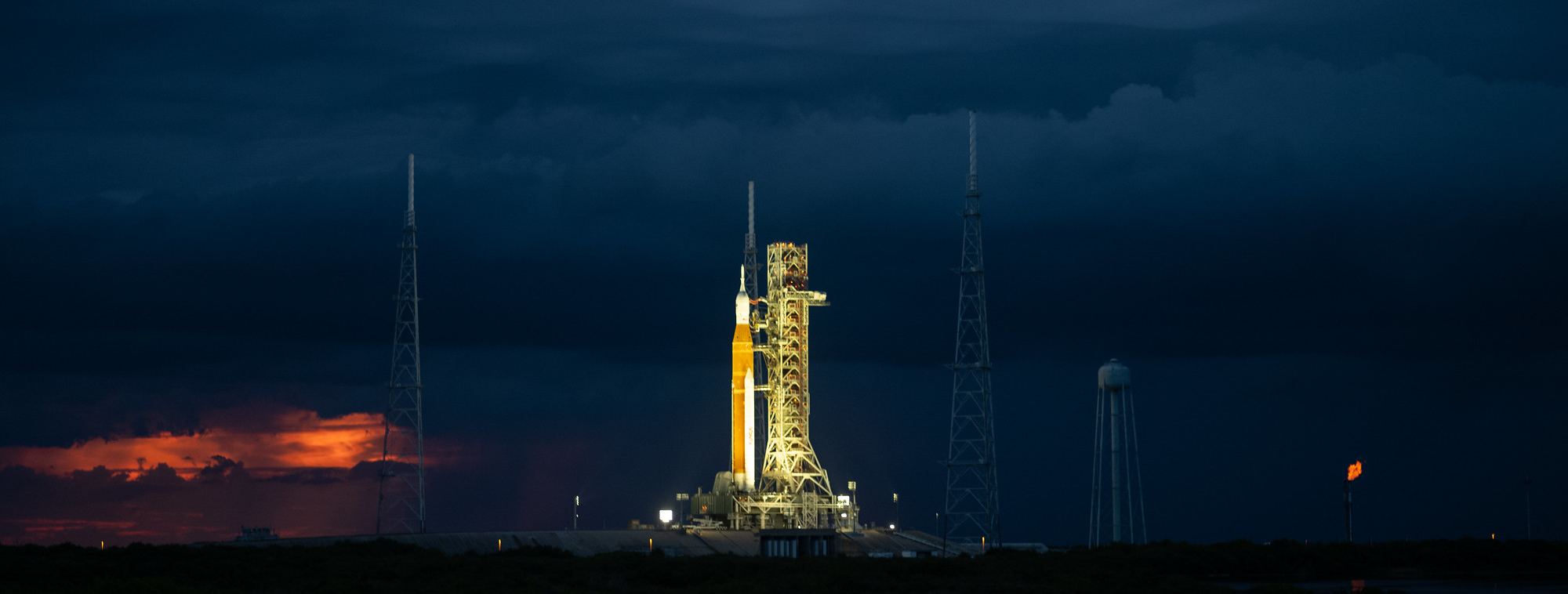
If the next launch attempt of the Artemis I mission goes as planned, it should be a spectacular sight.
NASA is now targeting Monday, November 14 at just after midnight Eastern Time for the liftoff of the Space Launch System (SLS) rocket carrying the Orion spacecraft. A 69-minute launch window opens at 12:07 a.m. EST.
Continue reading “A new Launch Date for Artemis 1: November 14th … at Night”As Hurricane Ian Bears Down on Florida, NASA Decides to Roll Artemis 1 Back to the Assembly Building
As a result of the latest weather predictions regarding Hurricane Ian, NASA managers met on the morning of September 26 and made the decision to roll Artemis 1 back into the Vehicle Assembly Building to protect the rocket from the impending storm, an operation which commenced at 11 pm EDT that evening.
Continue reading “As Hurricane Ian Bears Down on Florida, NASA Decides to Roll Artemis 1 Back to the Assembly Building”
